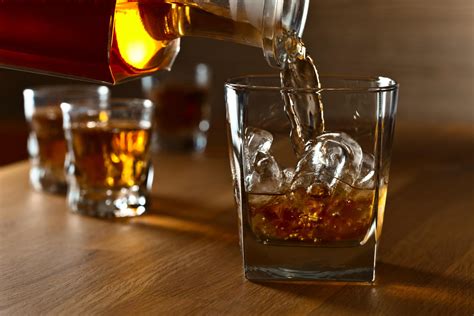
Dec 8, 2016: In-depth Analysis of Key Companies, Brands, Volume, Value and Segmentation Trends and Opportunities in the Beer Market aims at offering the detailed overview of beer industry structure which further offers a comprehensive insight into past background trends, 2015 performance and 2025 outlook.
The production incorporates the shrewd investigation of top line production, import, export and consumption volume data by segment, brand distribution (on-/off premises) from 2005-2025 with forecasts for 2025, details of significant beer new product launches in 2015 by company, overview of the competitive landscape in the beer market with analysis of major companies performance. Data is also available in excel along with the valuable analysis of the drivers behind both current and emerging trends in the beer market.
Australia is the 6th largest country in the world by area. Being an island nation, it does not share any land borders with any other country and has a coastline of 25760 km – the largest in the world. The country covers three time zones. Climatically, Australia is generally arid to semiarid; temperate in south and east; and tropical in north.
This provides great diversity. Beer sales are generally falling. The lowest level of consumption in last decades. All the recent gloomy headlines portrayed the same thing that Australian beer industry is in terrible health. Although most of the biggest brands were struggling.
Well over 100 microbreweries positioned the landscape from coast to coast with more opening at the end of every month. Likely, specialty beer bars and bottle shops are elevating offering as many as 1000 different varieties from across the globe. And more drinkers, usual young and frequently female, are hunting down beers with names such as Beelzebub’s Jewels and Karma Citra, some in styles that blend brewing customs from several cultures and defend categorisation, and most of these command price tags of $30 and above.
While Australia has customarily been portrayed as a country of beer consumers enjoying a “cold one” at the bar or a barbecue, beer drinking per capita is at a 68-year low, demonstrating this generalization is turning out to be progressively obsolete. The volume of beer sold expanded just marginally in 2015.
COMPETITIVE LANDSCAPE: Beer has traditionally been dominated by the duopoly of Lion Pty Ltd and Foster’s Group Pty Ltd; however, the competitive landscape is shifting, largely due to the continued growth of craft beer’s popularity. Lion continued to lead in 2015, with a 40% volume share. Lion benefited from the continued popularity of its XXXX Gold brand, due to the trend towards mid-alcohol beer consumed by middle-aged Australians concerned about their health.
Another factor has been Lion’s ability to develop craft beer type brands, such as James Squire and Little Creatures. Whilst not considered craft beer by enthusiasts and purists, due to the large production sizes, they have been eagerly embraced by more mainstream consumers as a gateway to craft beer. Despite these gains, Lion overall, witnessed its share slip by one percentage point in 2015.
Beer been ruled by duopoly of Lion and Foster; in any case, the aggressive scene is shifting, to a great extent because growth of craft beer’s prominence. Lion kept on driving in 2015, with a 40% volume share. Lion profited from the proceeded with prominence of its XXXX Gold brand, because of the pattern towards mid-liquor beer devoured by moderately aged Australians worried about their wellbeing.
Another element has been Lion’s capacity to create make beer sort brands, for example, James Squire and Little Creatures. While not considered specialty brew by devotees and idealists, because of the substantial creation sizes, they have been energetically grasped by more standard buyers as an entryway to art lager. Regardless of these increases, Lion in general, saw its share sneak past one rate point in 2015.
